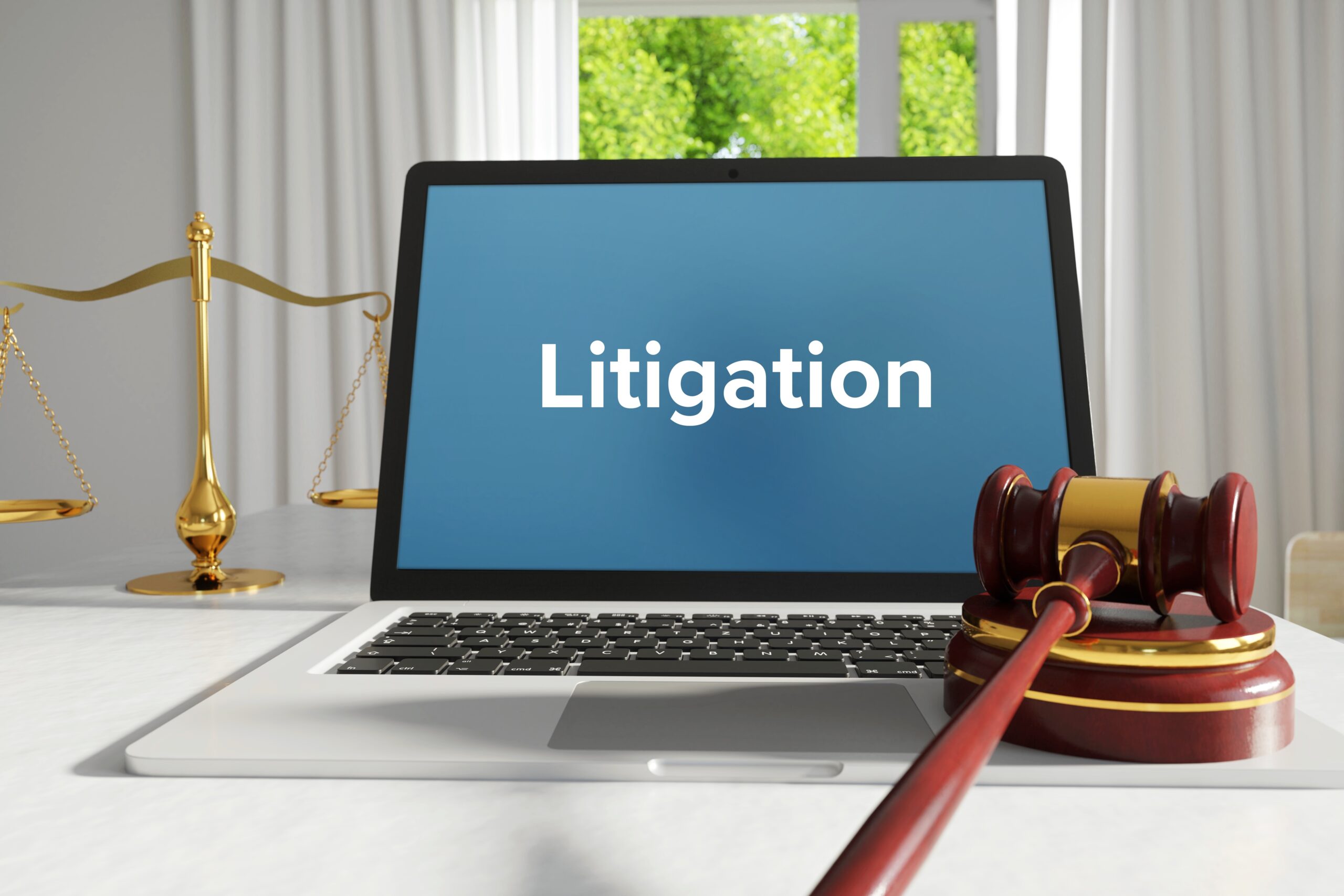The litigation process in Texas, like in many other jurisdictions, generally follows a structured series of steps from the filing of a lawsuit to the resolution of the case. Here’s an overview of the typical litigation process in Texas:
- Pleadings:
- Complaint: The plaintiff initiates the lawsuit by filing a complaint with the appropriate court. The complaint outlines the plaintiff’s claims, allegations, and the relief sought.
- Answer: The defendant responds to the complaint by filing an answer, admitting or denying the allegations and raising any affirmative defenses.
- Discovery:
- Interrogatories: Written questions are exchanged between the parties, which must be answered under oath.
- Depositions: Witnesses are questioned under oath by attorneys, and a court reporter records the testimony.
- Requests for Production: Parties may request documents, records, or other tangible evidence relevant to the case.
- Requests for Admission: One party may request the other to admit or deny the truth of certain statements or facts.
- Pretrial Motions:
- Motion to Dismiss: Either party may file a motion to dismiss the case for various reasons, such as lack of jurisdiction or failure to state a claim.
- Summary Judgment: A party may file a motion for summary judgment, arguing that there are no genuine issues of material fact and that they are entitled to judgment as a matter of law.
- Trial Preparation:
- Pretrial Conference: The court may hold a pretrial conference to discuss procedural issues, settlement possibilities, and trial logistics.
- Jury Selection: In cases where a jury trial is requested, the parties participate in selecting jurors through a process called voir dire.
- Trial Exhibits: Parties prepare exhibits, including documents, photographs, and other evidence, to present at trial.
- Trial:
- Opening Statements: Attorneys for both sides present their opening statements, outlining the case and what they intend to prove.
- Witness Testimony and Cross-Examination: Each party presents witnesses who testify under oath and are subject to cross-examination by opposing counsel.
- Closing Arguments: Attorneys summarize the evidence presented and argue their positions to the judge or jury.
- Verdict: If the case is tried before a jury, the jury deliberates and returns a verdict. If the case is tried before a judge, the judge issues a ruling.
- Post-Trial Motions:
- Motion for Judgment Notwithstanding the Verdict (JNOV): A party may file a motion asking the court to enter a judgment contrary to the jury’s verdict.
- Motion for New Trial: A party may request a new trial based on errors or irregularities that occurred during the trial.
- Appeals:
- If dissatisfied with the trial court’s decision, a party may appeal the case to the appropriate appellate court. The appellate court reviews the record and issues a decision based on legal errors, not factual disputes.
Throughout the litigation process, parties may engage in settlement negotiations or alternative dispute resolution methods such as mediation or arbitration to resolve the case without a trial. It’s important to note that each case is unique, and the specific steps and timelines may vary depending on the circumstances and complexity of the matter. Additionally, procedural rules and court practices may differ between state and federal courts in Texas.

